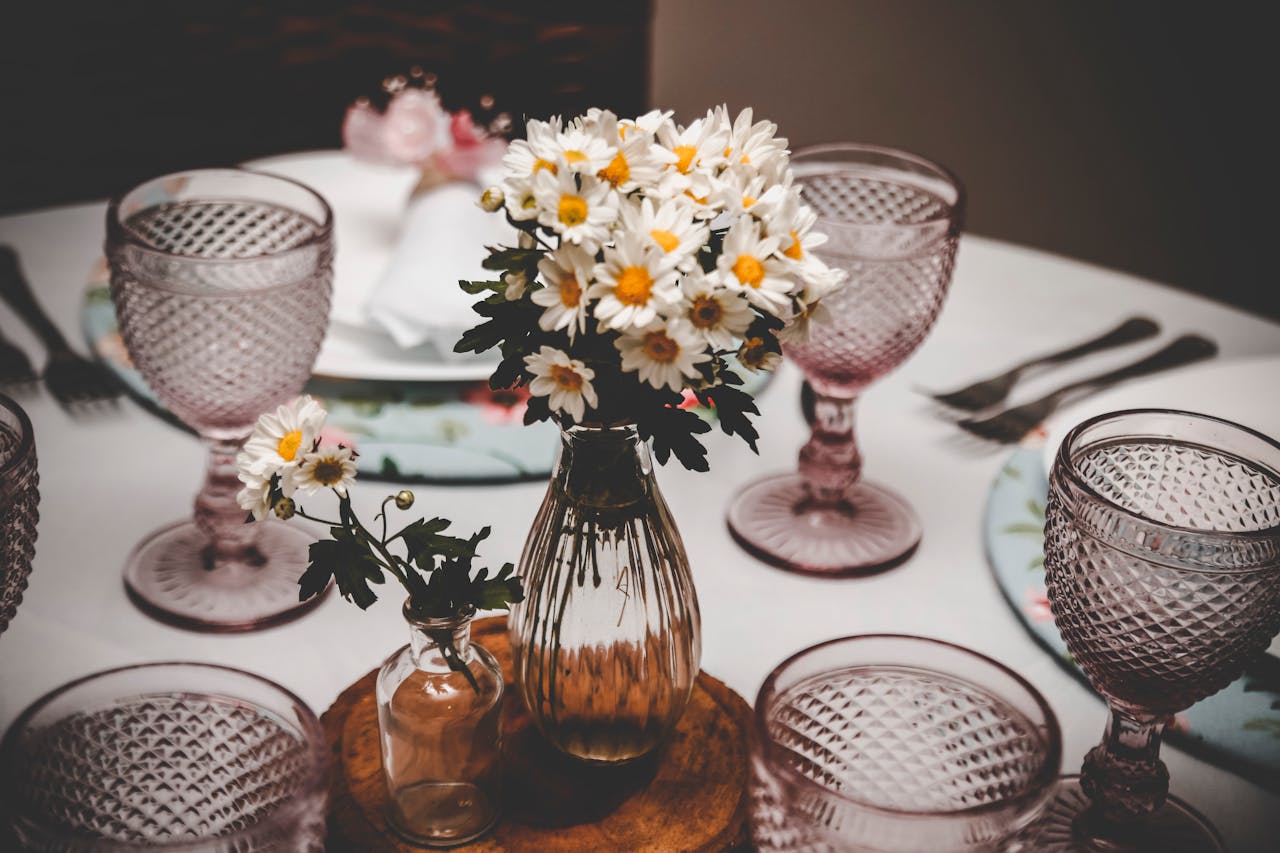Halloween doorbells did not appear out of thin air. The custom grew from older rites that braided harvest fears, church calendars, and neighborhood rules. Folklore and civic order met on the doorstep and learned to share the night. Candles, cakes, and small bargains set the pattern long before wrapped candy filled bowls. Seen together, these threads explain why the evening still feels both playful and ceremonial, a brief permission to wander that turns mischief into community ritual. What emerges is a lineage that moves from Celtic fields to medieval lanes, crosses the Atlantic with immigrants, and lands on American sidewalks with new polish. Communities kept what worked, softened what scared them, and turned rowdy moments into managed joy. Sweets arrived late but scaled the practice. Houses signal welcome with a porch light, children signal intent with a costume, and the old exchange continues under new streetlamps.
Samhain House-to-House Blessings
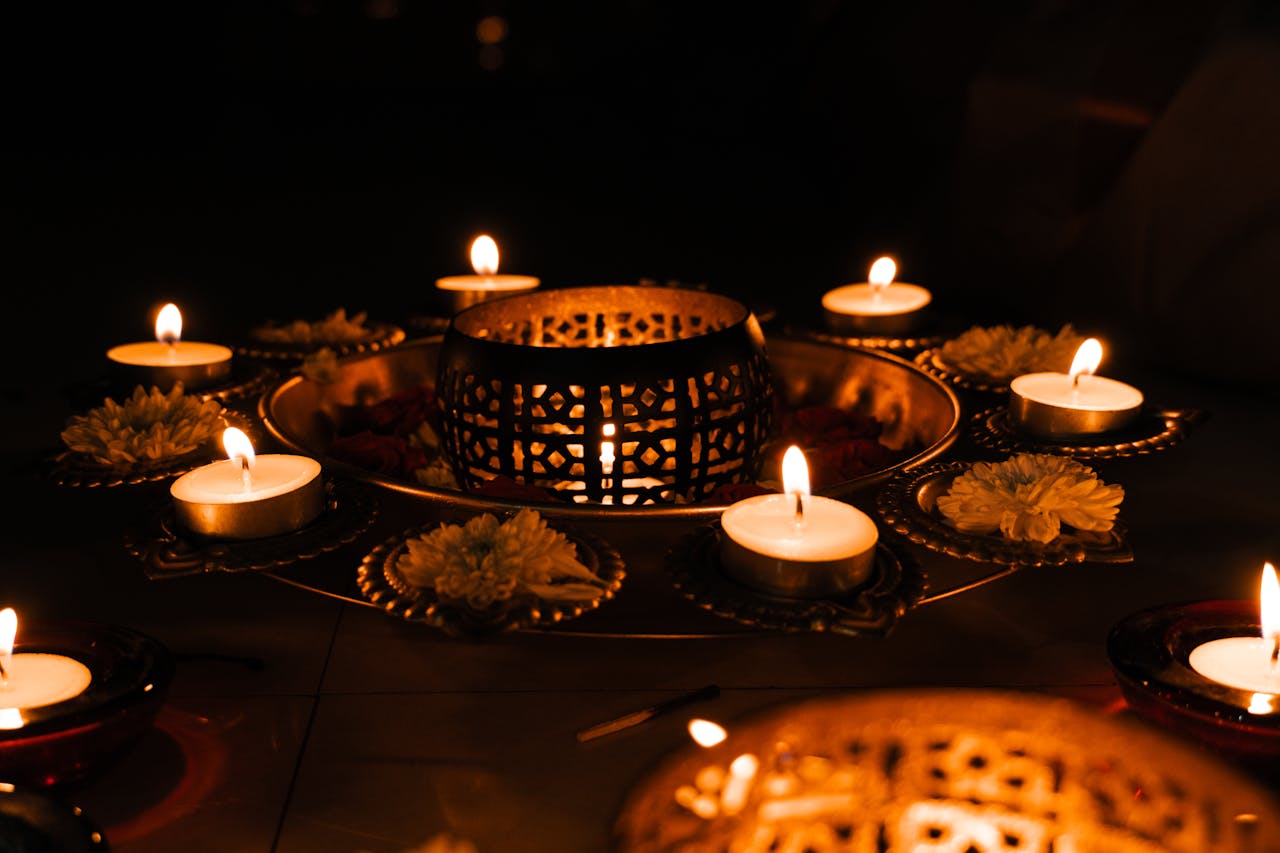
Long before costumes, Celtic communities marked Samhain as summer’s end and guarded thresholds when the dead were thought near. Households offered food to travelers and wandering souls while hearth fires were relit from a communal blaze. Going door to door carried protective meaning rather than hunger. When Irish customs met Christian calendars, the route survived with new labels. Sacred embers gave way to lanterns and watchful neighbors, and the night kept its rhythm of visits and goodwill.
Medieval Souling And Soul Cakes
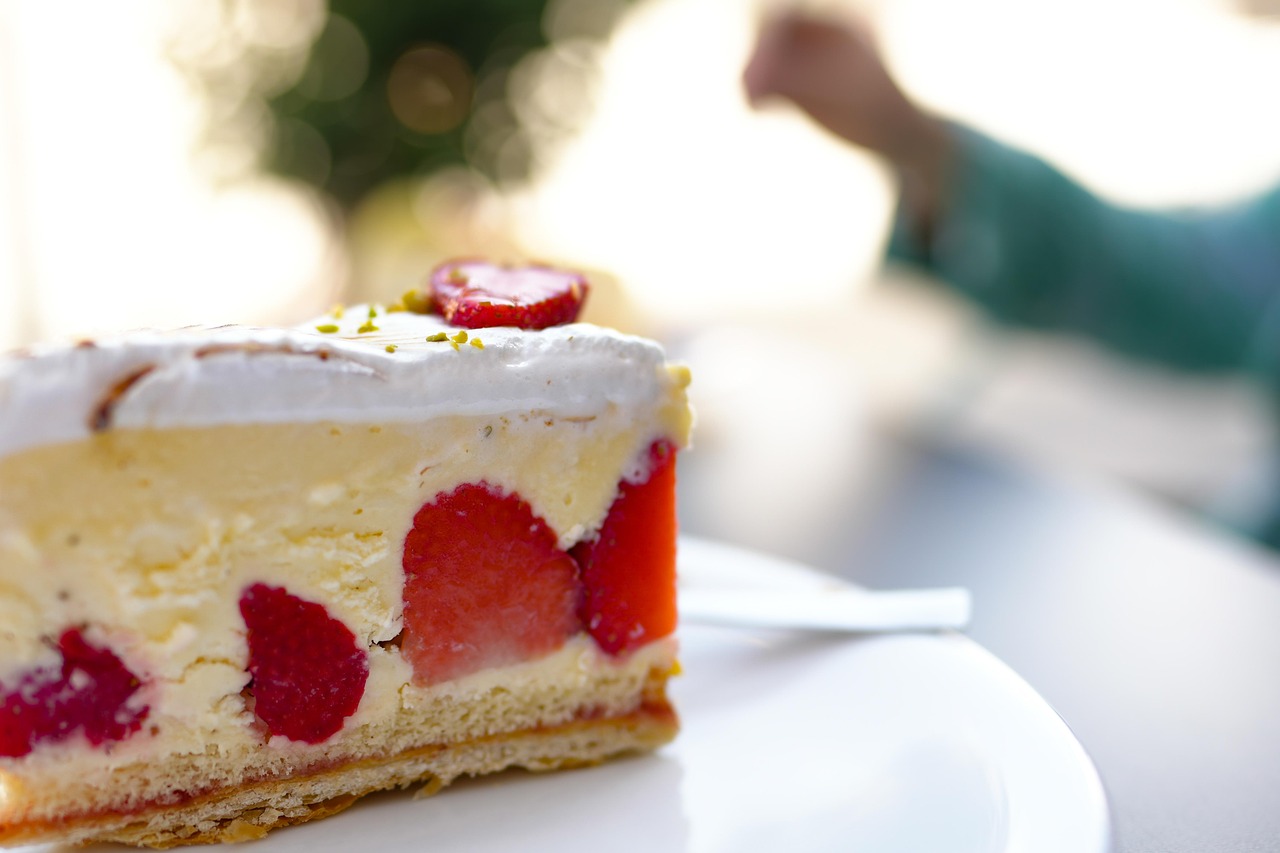
By the Middle Ages, All Hallows season featured souling, a door-to-door exchange of small cakes for prayers for the dead. The trade was moral as well as material, tying charity to remembrance. Records describe spiced biscuits stamped with crosses and short verses spoken on the step. Over time the prayer softened into song, the cake became any small treat, and the path of callers mapped community ties. Knocks, blessings, and thanks set a script still recognized today.
Scottish And Irish Guising
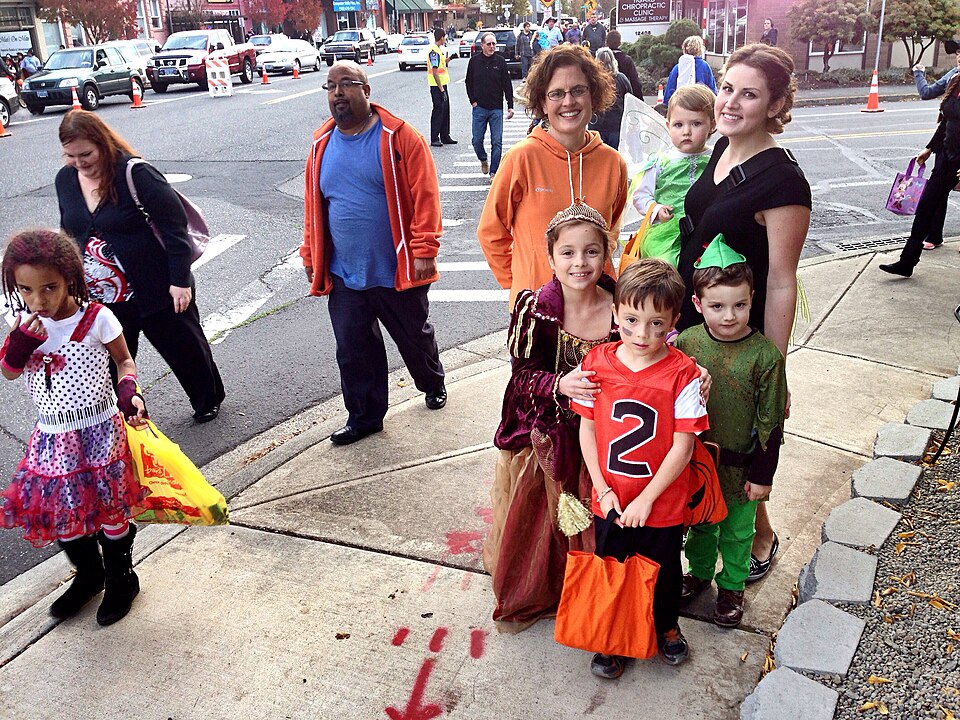
In Scotland and Ireland, children guised in simple masks and earned nuts, fruit, or coins by telling a joke, reciting a rhyme, or singing a tune. Payment followed effort, not just the costume. Turnip lanterns and smoky hearths set the mood while small tests of nerve kept the laughter sharp. Guising mattered because it rewarded presence and craft. When the practice crossed the Atlantic, the performance faded, but the mask, the knock, and the reward stayed put.
Mumming, Masks, And House Visits
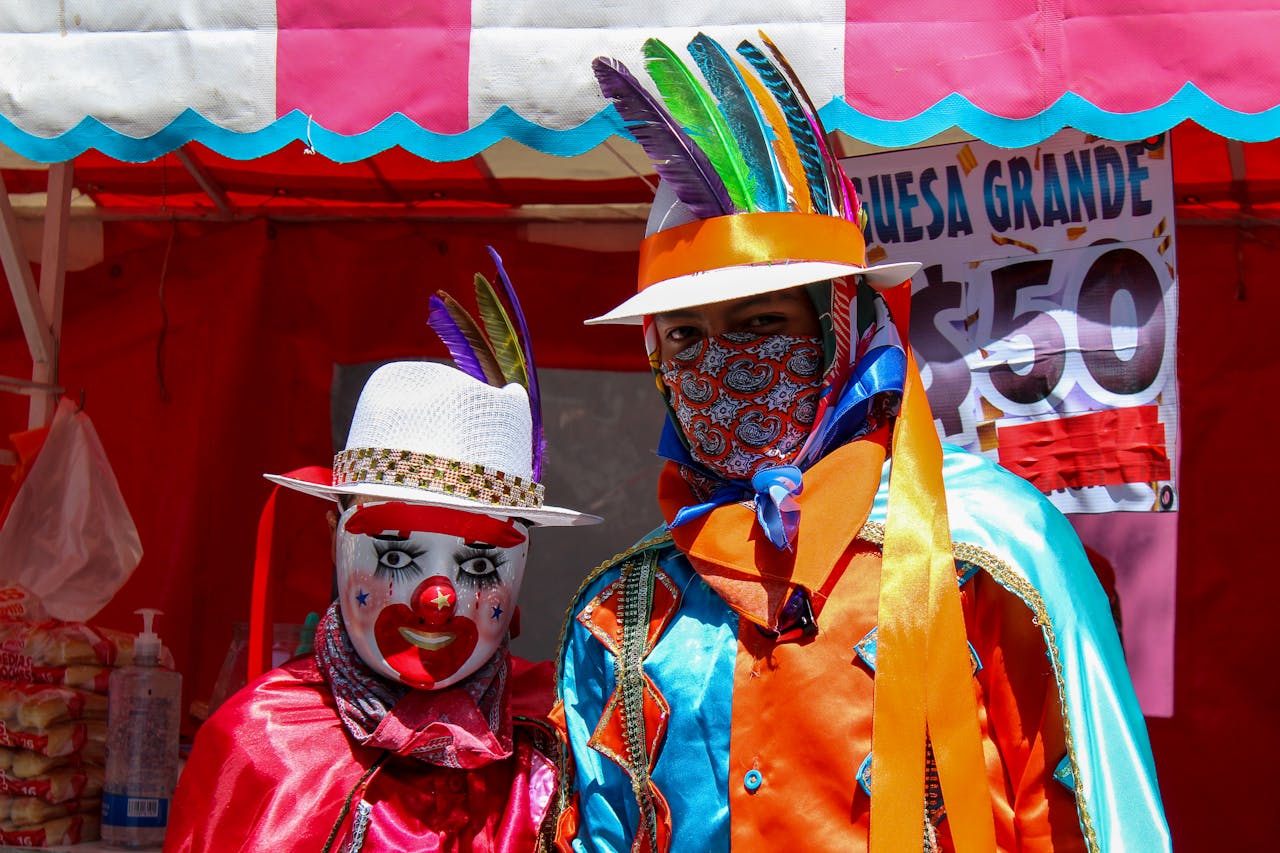
Older winter customs like mumming sent masked groups through neighborhoods to act out short plays, tease hosts, and collect refreshments. Boundaries bent for one night, then snapped back at dawn. The mask permitted mischief but the ritual required hospitality and a light touch. That rhythm shaped trick-or-treating. Transgression allowed, harm denied, and a token paid to seal peace. The porch became a small stage, the basket a prop, and the lines were learned without rehearsal.
Guy Fawkes Night Crossovers
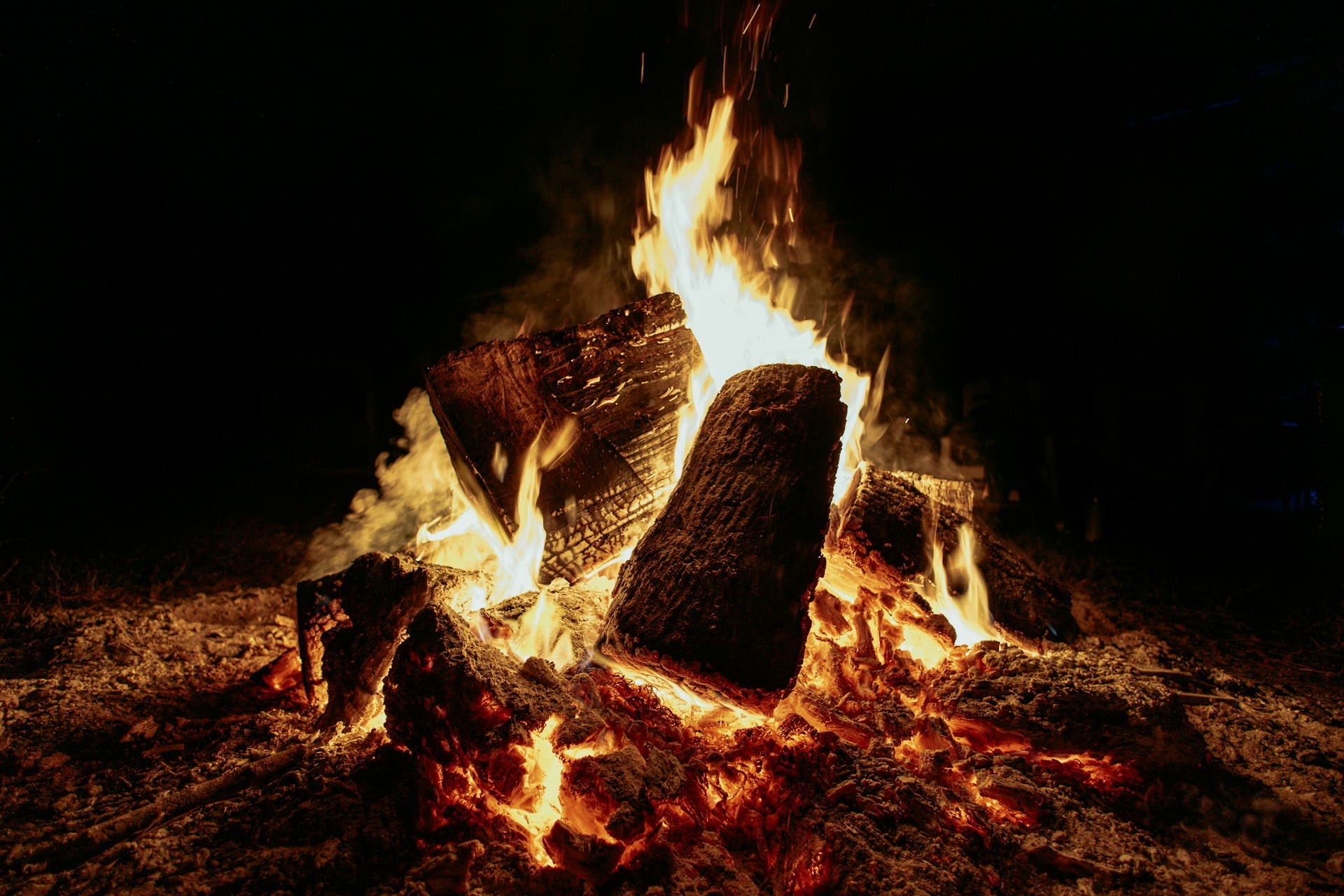
In parts of Britain, Nov. 5 brought parades and door-to-door appeals for a penny for the Guy. The habit of masked collecting for a small gift traveled easily even when the politics did not. Immigrants carried both calendars into American cities where autumn already felt crowded with marches and fairs. Over time communities favored the church feast days rather than the bonfire. The mechanics endured, a polite ask at the door followed by a short step to the next gate.
Ragamuffin Day On Thanksgiving
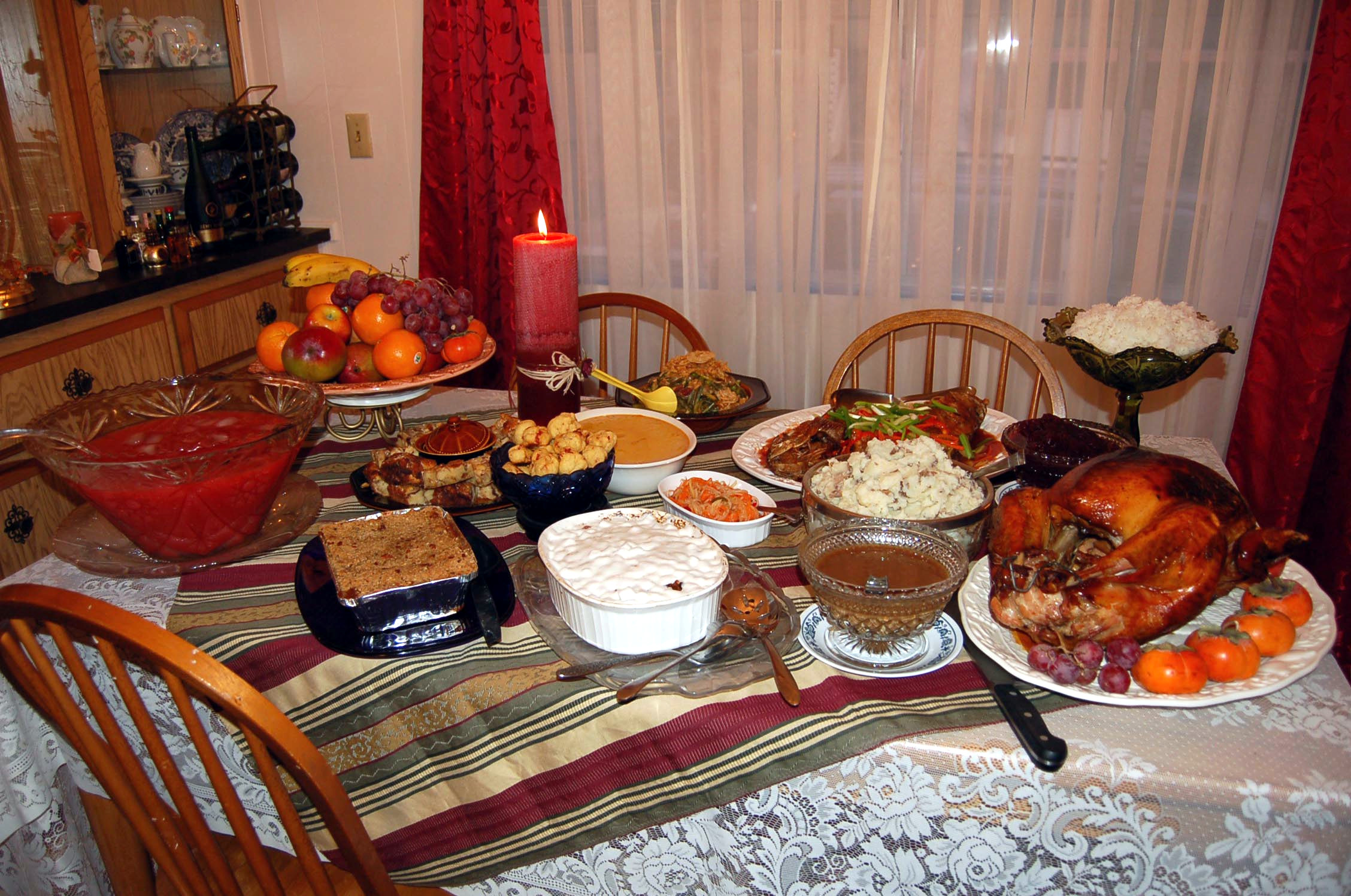
New York once hosted Ragamuffin Day, when children in ragged costumes begged for treats on Thanksgiving morning. Newspaper scolding and school pressure later nudged the practice into late October where it blended with All Hallows customs and local parades. The move shifted begging from busy avenues to stoops and side streets. What looks like a detour is a bridge. City kids already knew the bag, the plea, and the laugh. Only the date and the theme changed.
Taming Mischief In The 1930s
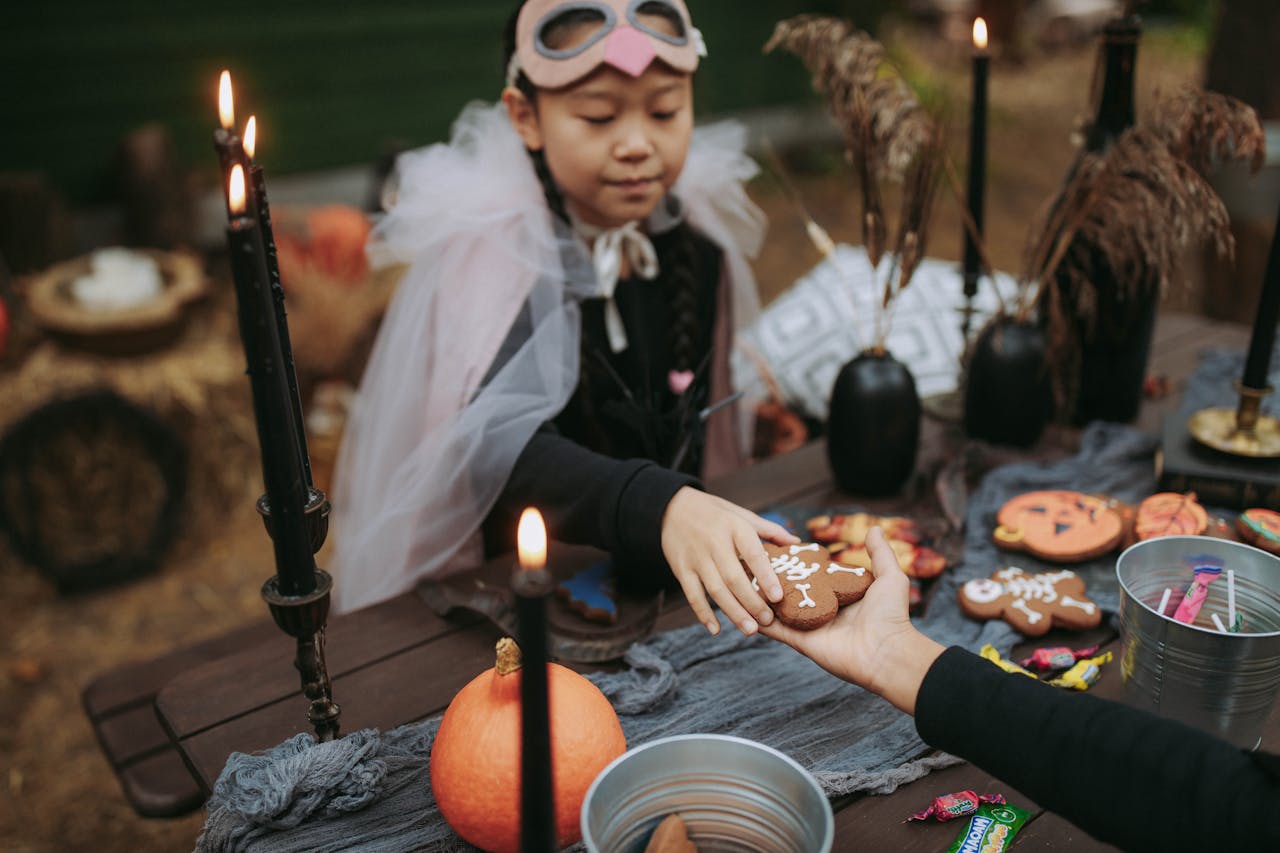
By the early 1930s Halloween pranks were edging into vandalism and civic leaders wanted order. Schools, churches, and newspapers promoted organized parties, porch calls, and supervised routes. Trick or treat emerged as a social contract where a small sweet prevented a larger mess. Police chiefs approved and merchants saw promise. The phrase turned threat into theater, channeling restless energy into a tidy ritual that could be planned, praised, and repeated without broken fences or soaped windows.
Postwar Candy And Suburban Streets
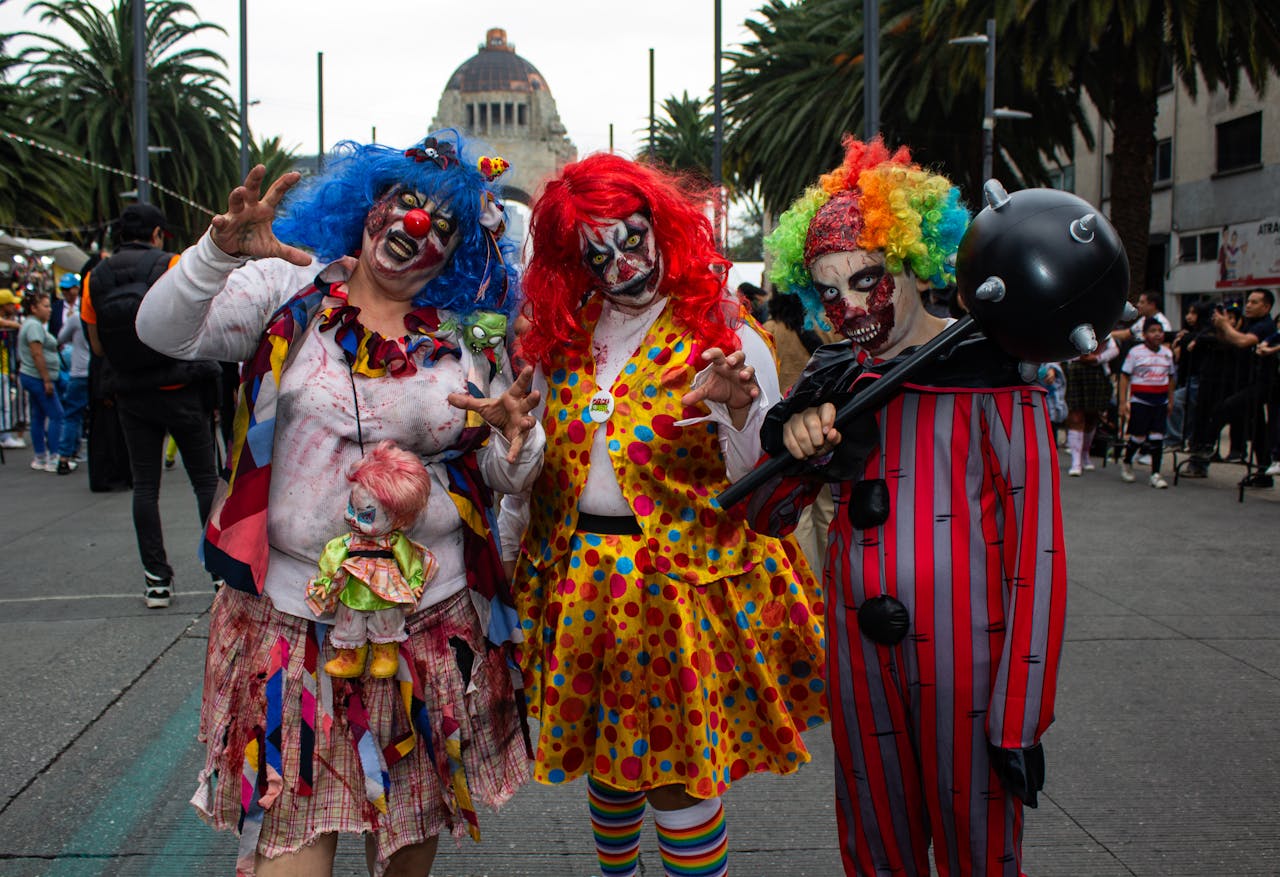
After World War II sugar rationing ended, suburbs spread, and candy makers leaned in. Individually wrapped pieces promised safety for parents, predictability for hosts, and fun for children sprinting cul-de-sacs before 9 p.m. The porch light became a signal and the bowl a standard unit. Ads and school flyers normalized the route. The custom did not start with candy, but candy helped it scale, smoothing a patchwork of local habits into a shared national evening.
Beggar’s Night And Regional Tweaks
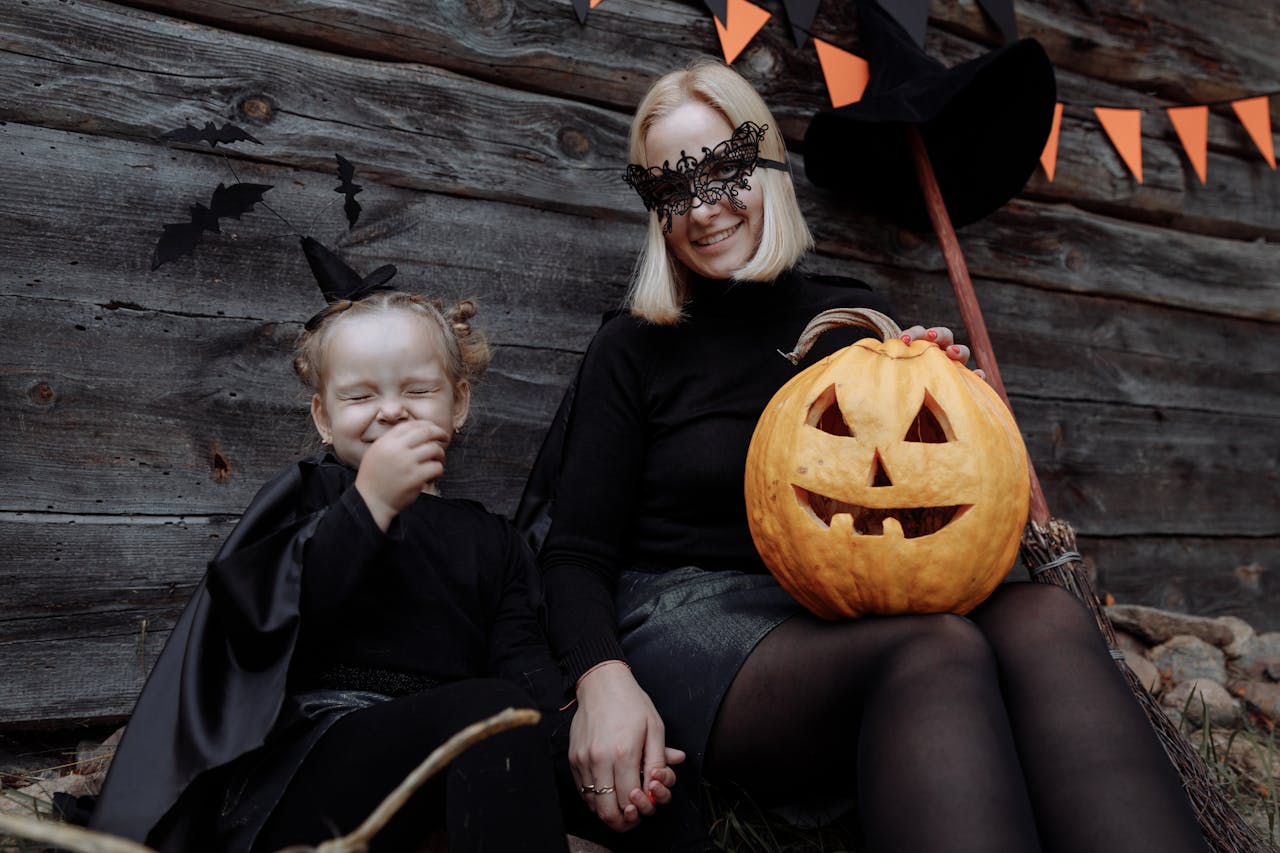
Many towns still hold Beggar’s Night on Oct. 30, add joke telling, or set early hours for safety. These tweaks preserve the bargain at the heart of the custom, a brief performance in exchange for hospitality within clear boundaries. Local curfews, porch etiquette, and costume guidelines keep the route neighborly rather than chaotic. It is an old management trick applied to a young crowd. Adjust the time, mark the path, and let the masks do short harmless work.
Charity Boxes, Trunks, And Inclusion
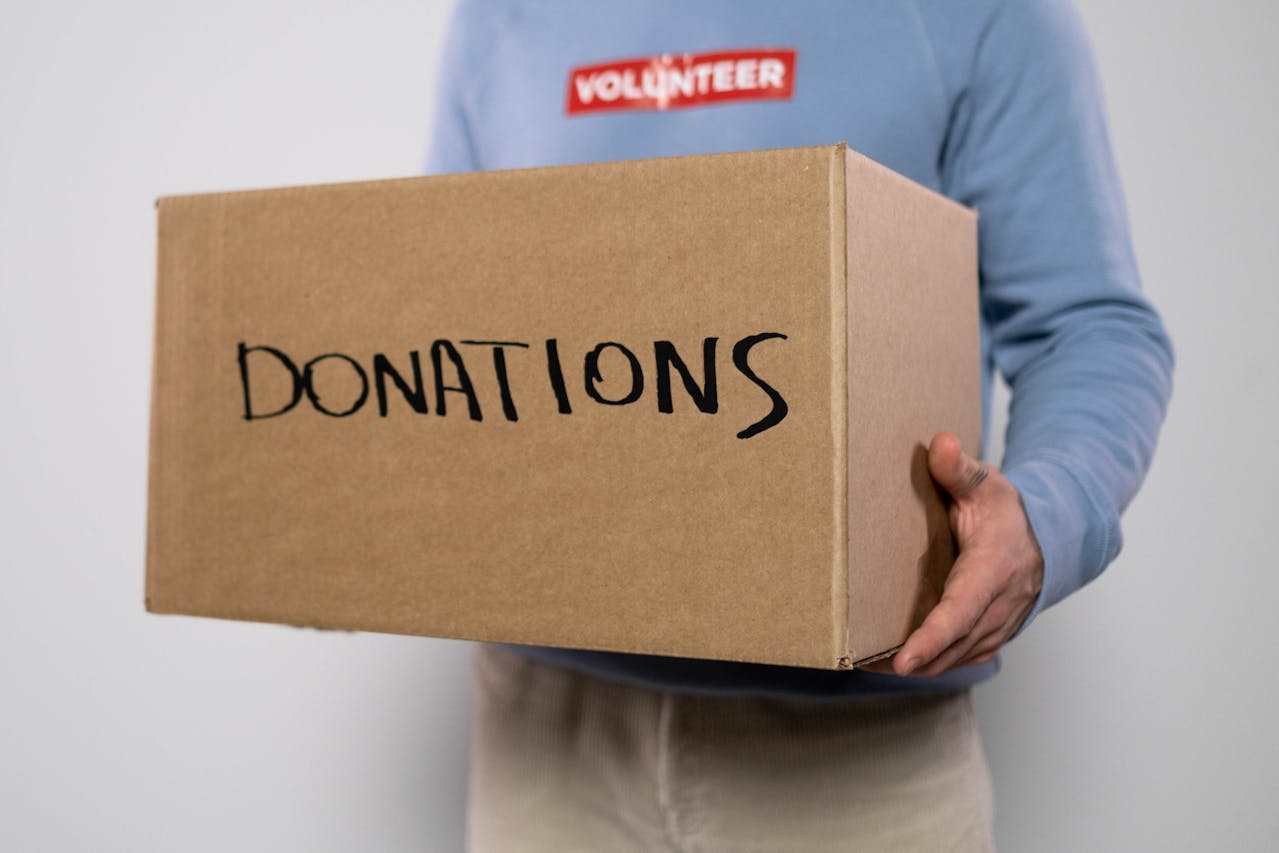
Midcentury coin drives for groups like UNICEF added a cause to the candy and taught children to gather for others as well as themselves. Later, school and church parking lots popularized trunk or treat, offering a dense, well lit loop for small kids. Allergy aware swaps and nonfood tokens widened the welcome. None of these replaced the porch ritual, but each left a trace, nudging the custom toward care, access, and a bigger circle of hosts.


